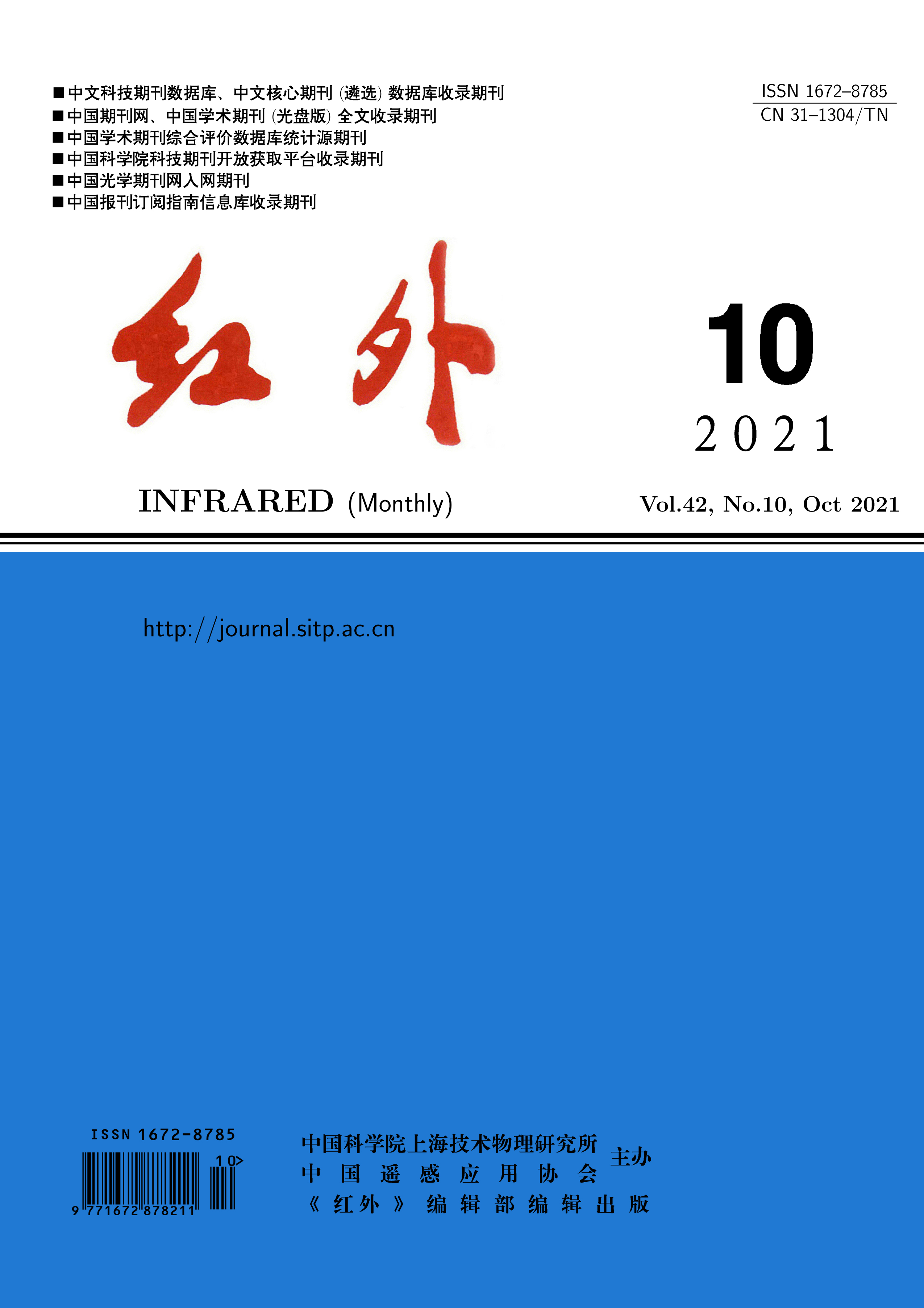
The explore desires of human being and the accumulations of thousands year causes four major astronomical discoveries in 1960s; whereas some fundamental limitations of our atmosphere on astronomical observation impel us rush out of earth into space. The astronomical observation in such wide of bands arises very critical requirements, new conjectures and models needs new test and verify; all this promote the performance of instruments and devices towards perfection. This article aims to review and analysis the evolution briefly in conjunction with some typical examples, especially their detection bands, diameter of the primary mirror or antenna, types of detection instruments and devices as well as related performances. The purpose is for carry on longitudinal and lateral comparisons easier, and gain new ideas by reviewing old.
The readout circuit wafer test of digital infrared detectors is an important part of wafer evaluation. Based on the existing probe test equipment, a circuit board device has been developed, which can drive the wafer to work and convert different forms of digital output signals into a unified digital image transmission format. During the test process, the circuit board parameters can be set. Firstly, the infrared detector readout wafer test system was introduced, then the principle of the developed test circuit board device was analyzed. Finally, the hardware implementation of this circuit board was carried out, and an internal test program was written to complete functional verification. Two forms of wafers, differential output and single channel output, were tested and the results were consistent with those obtained at low temperatures, indicating accuracy and reliability. In addition, the circuit device has 100 input interfaces, which can be reprogrammed and supports testing of digital wafers with output bit widths of 24 bits and below, making the test system more compatible and flexible.
Cleaning is a key process in the manufacturing process of hybrid detector chip devices. The organic contamination adsorbed on the surface of the detector chip is the main target of cleaning. The cleaning mechanism of organic contaminations (mainly composed of 502) on the InSb surface by acetone and ethyl acetate was studied using a combination of first principle and molecular dynamics. The first principles calculation results indicate that the molecular reaction active sites of acetone and ethyl acetate are both delocalized on heteroatoms, and both can achieve the purpose of cleaning by desorbing 502 adsorbed on the InSb surface through heteroatoms. The molecular dynamics simulation results indicate that ethyl acetate can promote the diffusion ability of acetone molecules in the 502 film layer, thereby enhancing the removal effect of acetone on 502.
Infrared detectors are the core components of infrared systems. In recent years, high sensitivity and low noise have become one of the research hotspots in infrared detector technology. For low-noise detectors with noise equivalent temperature difference (NETD) value less than 1 mK, the impact of environmental factors on their performance can not be ignored. The influence of test environment on the test results of sub-mK infrared detectors was analyzed from the aspects of blackbody temperature control accuracy, test environment temperature and airflow disturbance in the test environment. The test methods of low-noise infrared detectors were explored. The experimental results show that the accuracy of blackbody temperature control has a direct impact on the NETD value of high-sensitivity infrared detectors. The test environment temperature and airflow disturbance can affect the stability of blackbody temperature control, thereby indirectly affecting the accuracy of NETD value measurement.
Live firing is a basic military training item of the army. The bullet hole identification and positioning system based on computer vision in the existing target detection system is widely used in this project because it is fast, accurate, safe and it has a low personnel cost. However, the image processed by the computer vision system is usually affected by the lens processing technology. In addition, the axis of the camera is not perpendicular to the plane where the measured object is located, so the image distortion of the measured object is resulted in, and the accurate positioning error of the coordinate position of the bullet hole is generated. In order to improve the accuracy of automatic target reporting system based on computer vision, a distortion correction algorithm based on convolutional neural network, which can simulate a large number of training data sets with only one template image of the chest circle target surface is proposed in this paper. When the training is completed, the distortion parameters of the image can be obtained by inputting a distorted image, and the image distortion correction can be completed by using the parameters. Compared with the traditional correction algorithm, the results show that the algorithm has a good correction effect and is conducive to improving the accuracy of the automatic target detection system based on computer vision.
The aim of this study is to solve the problems of blurred edges and incomplete contours in infrared image criminal investigation scenes. A method of extracting fuzzy criminal investigation targets based on feature enhancement is presented in this paper. Firstly, the BCES-Net network model is designed and the feature images with strong semantic information are obtained by using STCAM. Then the edge features and fuzzy criminal investigation target features containing semantic category information are obtained by modeling extraction. In the training process, based on specific loss functions and multiple feature fusion techniques, the segmentation performance of edge and fuzzy criminal investigation targets is improved through repeated supervised learning and training correction. In the hand heat trace data set, compared with DeeplabV3+, U-Net, HRNet, PSPNet and other models, BCES-Net is significantly superior in mIoU, mAP, accuracy and other evaluation indexes. mIoU reaches 883%, mAP reaches 9435%, and the accuracy reaches 955%. This research innovatively improves the extraction accuracy of fuzzy infrared criminal detection targets and provides technical support for practical application.








